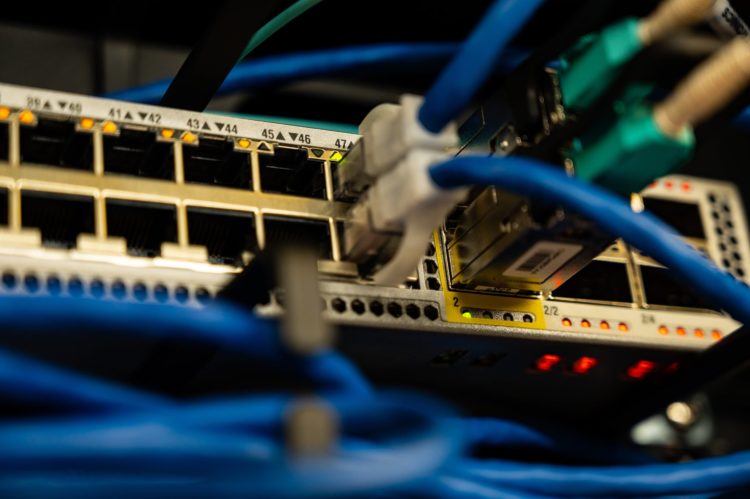Security spending in critical infrastructure has been little impacted by the Covid-19 pandemic, save for some reshuffling on where that spend is most needed. The effect has been mostly in increased demand for secure remote connectivity.
Most of the cybersecurity spending announced by governments has not changed significantly, however, with most maintaining similar funding planned in previous years, with an average Year-on-Year (YOY) growth rate between 5% and 10%.
ABI Research forecasts that cybersecurity spending for critical infrastructure (CI) will increase by US$9 billion over the next year to reach US$105.99 billion in 2021.
The primary challenge of the Covid-19 pandemic has been for CI operators to ensure that systems and services keep running smoothly, despite an increasingly remote workforce. As such, greater emphasis has been placed on ensuring that infrastructure operations can be securely monitored and managed remotely by authorized personnel.
Secure connectivity
ABI Research digital security research director Michela Menting says there is no denying that secure connectivity has become a key focus, not least with the revelations late last year of the SolarWinds Orion hack, which has brought into sharp focus the need for better vetting of services offered by third party contractors and remote update processes.
“The scale of the intrusion clearly illustrates how vulnerable systems can be when they have weak links, and how easily threat actors can infiltrate and escalate privileges once access has been gained.”
“The implications for national security are significant, and critical infrastructure operators and governments worldwide are now re-evaluating and re-assessing the risks as they relate to remote management,” she added.
The brunt of security spending is still first and foremost focused on IT networks, systems, and data security from a defensive perspective.
“This is where the primary threats are focused, and operators are keenly aware of the potential ramifications of a breach there,” said Menting.
She noted that increased efforts are being placed on offensive security investments to better prepare response mechanisms, as well as securing operational technologies as operators in many sectors go through digital transformation and start evolving toward smart and connected IoT infrastructures.
Slow but steady progress
Progress is nonetheless slow, as many sectors are bound by regulations which can make it difficult to change quickly. In addition, new security processes require time for testing and validation before being greenlit for use, ensuring they don’t compromise the integrity or proper functioning of existing processes.
While security spending is significant in defence, financial services, and Information & Communication Technologies (ICTs), it still lags in the more industrial sectors such as energy, water, and waste management, as the risks related to physical threats is significant.
Some initial traction is nonetheless driving transport, public security, and healthcare, all in line with digital transformation efforts in those industries and notably from smart city developments.
“By and large, security spending in critical infrastructures is wide and varied, and diverges significantly among regions due to policy and regulation but is overall embracing cybersecurity much more holistically as connectivity and digitization continue to play increasing roles in everyday operations,” Menting concluded.





